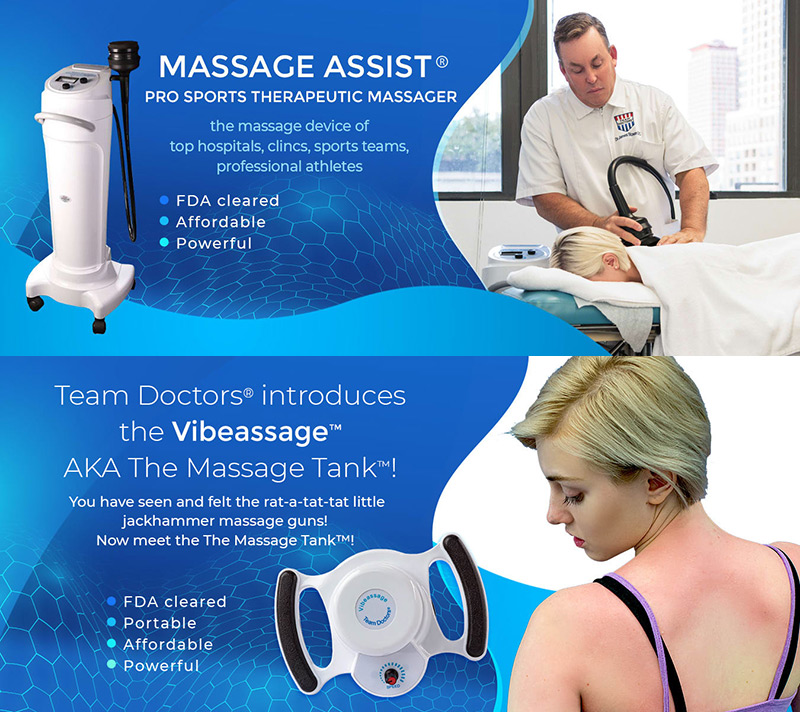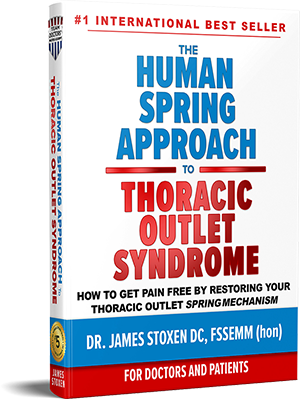Question:
Let’s say I’m running/walking 3 days a week, such as the C25K or E25K program I’m currently working on. Should I engage in other cardio activities such as cycling or elliptical during the running “off” days in between? Or would it be better to have the off days be TRUE rest days with no cardio activities? Despite hating stationary indoor workouts, I was leaning more towards the elliptical if I do anything, since that’s probably lower impact than even cycling for me. We have plenty of hilly terrain around here and I SUCK on hilly terrain. Thoughts?
Answer:
Developing proper form and technique is the way to:
- Improve performance
- Reduce the risk for injuries
- Perform that sport as second nature without thinking about it
In the early 80s I was fascinated by the articles in the Soviet Sports Review. In these excerpts of periodicals from the former Soviet Union were cinematography of sports performances such as the hammer throw, discus throw, shot put and other sports. The focus on the videotaping of these sports and watching the performance of the sports frame by frame was to determine the exact technique, the form of the body and sequence and timing that allowed the execution of the sport as close to perfect as humanly possible.
The human brain learns form and technique through repetition. The old saying practice makes perfect is only slightly correct.
Perfect practice makes perfect
The brain is like a hard drive from which the movement that you perform is stored as the movement the brain thinks you want to perform. The brain cannot distinguish between whether you’re goofing off running or your really working on your form and technique. Here is an example of form and technique which you must have to run barefoot;
- your impact is on the forefoot
- the foot is pointed in the right direction with the second toe pointed towards the target
- Your body position during mass loading is directly over the spring
- Your timing is right.
The brain only stores the information that it’s given.
When you practice a movement other than the movement that you’re trying to perfect, then this movement you are doing reprograms the brain and with new movement pushing the old neuro pattern of movement that you are striving for, out. That’s why we train. We train to push movements that are considered flawed out to replace them with good movement or perfected movements.
Practicing the elliptical would not be what I would recommend as a good alternative to running. During the performance of the elliptical, you are exercising many muscles except the muscles that resist and spring you from the impacts of the landings. Your exercising the takeoff muscles but not exercising the landing muscles. This is a common mistake that athletes make that they increase the speed of their takeoff without increasing the strength of the landing gear.
It’s analogous to building any airplane that has the ability to be able to fly at 500 mph and land at 200 mph, but only equipping it with a landing gear that is capable of withstanding the forces of 160 miles an hour. The result is a crash landing.
Cycling is an activity that I say compares to lifting weights and machines versus lifting dumbbells or free weights. The winner is lifting with dumbbells or free weights because you are able to position your body and have the optimum position to push the weight so that it’s balance in a three-dimensional plane. The ability to balance the weight in a three-dimensional plane is not challenged by a weightlifting machine therefore you lose the balance and coordination skills that you would get from using free weights. The same is true with cycling versus running.
Running involves the placement of the foot in a particular space after launching it into a three-dimensional space where cycling maintains you in a particular path that it decides you should be in. In fact I have noticed many times with myself that after cycling for an hour or more only to note when I got off the cycle my walking pattern was little wobbly. Even though this only lasted an hour, what I knew I was experiencing was my running technique was being pushed out of the memory banks to be replaced by the new memory of the cycling pattern.
You really should consult with a running coach that trains athletes at the highest level.
Early Russian science experiments proved that training and developing patterns that were unlike or contrary to the pattern which you are trying to perfect in your main sport would affect the main sport you are trying to perform. These Russian scientist advised athletes and coaches not to perform these repetitive movement patterns too often as they most definitely would affect the form and technique of the main sport you’re performing.
Cycling absolutely does not demand that you resist impacts, therefore it doesn’t help your spring suspension system or force impact resistance mechanism . If you’re muscles and tendons are not over trained for the elliptical and cycling then why would they be over trained for running. Your kinematic chain should be able to adapt equally throughout the entire flooring system for running.
Really there is no perfect answer to this question. We all know that you’re trying to improve your cardiovascular capacity to function without putting additional impacts forces or over training your muscles, joints and ligaments and bones etc. I can’t give you a specific training approach because that must be done by a coach who is intimately familiar with your current training and goals. I would like to reserve my answer only to caution you not to do so much repetitive movements in training drills that are outside of your normal sports.
One thing I do recommend and I hope you integrate this into your training is more drills such as zigzag runs, circle runs, figure 8 runs, cariocas and side shuffle drills. The reason why I say this is that these drills are not 30 minutes or 40 minutes long with repetition as much as the elliptical and cycling. However they do a really great job in developing elastic tendon strength in movements outside of the normal straight ahead running movements. What this will do for you is develop more elastic capacity in the tendons or the elastic structures because in reality running relies on elastic recoil or spring mechanisms and less on muscular contractions.
How do we know the human body runs with tendons vs muscles?
For example if you stood up with equal weight on both feet and did toe raises you could probably do 100 – 200 before you exhausted your muscles. If you weighed 150 pounds and you did 100 races with your full body weight that would equal 75 pounds on each foot times two 150 x 100 or 15,000 pounds of force before exhaustion.
If you’re able to run a 10K without stopping that is equal to 6000 impacts your resisting, 1000 per mile.
The force your body is resisting is your weight x acceleration (speed of running)
F = M x A
We know running (depending on the speed) is your mass (150) x(4) = 600
150 mass times approximately 4 times your body weight or 600 pounds of force or impact.
That equals 3.6 million pounds of impacts that you’re resisting every 10K. So how is it that you can resist 3.6 million pounds of impacts running in only 15,000 pounds during calf raises?
The exercises are not the same but pretty close so why the enormous difference in capacity? Because the human body believes during running we are mostly with elastic recoil or spring mechanisms. Therefore runners would benefit mostly from developing stronger tendon strengths through drills that develop the foot as a three dimensional object so all tendons can participate in the activity and primarily through these plyometric or jumping type drills.
Another way to improve efficiency is to make sure your mucsculoskeletal system is void of all internal spring restrictions or stiffness. Examples would be muscle spasms and or joint restrictions, locking of the joints in the feet or stiffnesses in muscles surrounding the feet and floors up the chain. Go to the video tutorial #77 – 87 on my blog at www.teamdoctorsblog.org to find these spring release self help tips to reduce restriction or drag on the loading and unloading of energy into the human spring mechanism.
A really great book i would recommend for you to read is Supertraining by Yuri Verhkoshanski and Dr Mel Siff. Click here to see the table of contents. You can visit the late Yuri
Verkhoshanski’s site to learn more about his body of work. The site is maintained by his dauther as he and Dr Mel Siff unfortunately passed away.
I wasn’t planning on answering your exact question but I hope I have given you a new perspective on how to increase your running efficiency by training and to obtain a more efficient spring or elastic recoil mechanisms in addition to the muscle capacity and cardio. I hope it helps you reduce potential risks and improves your performance.







